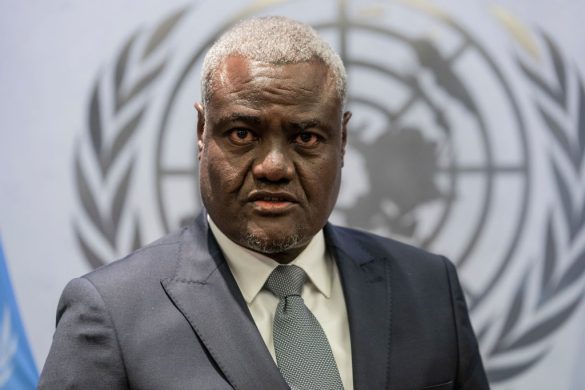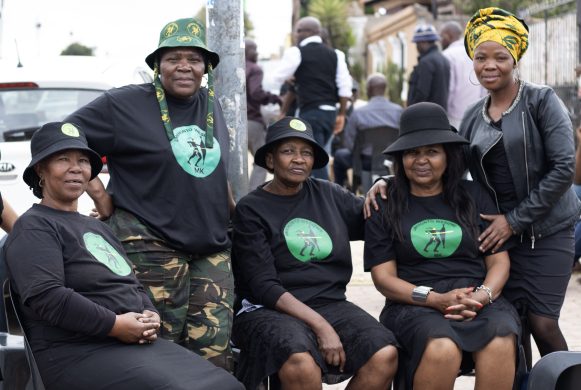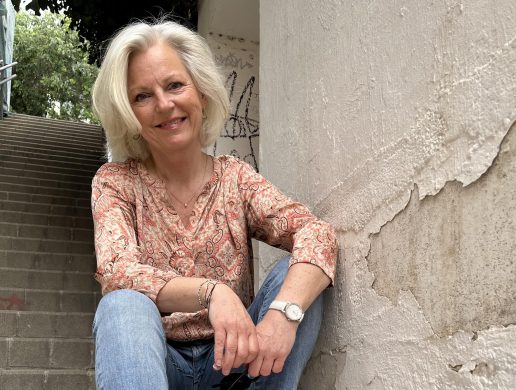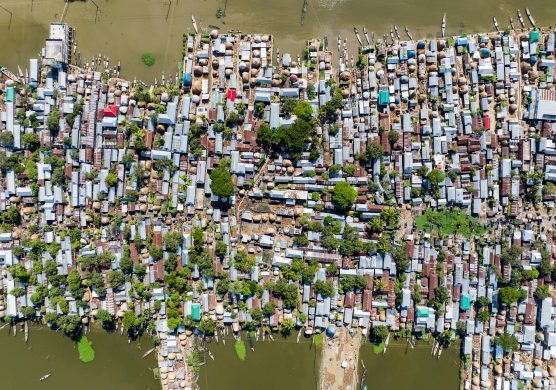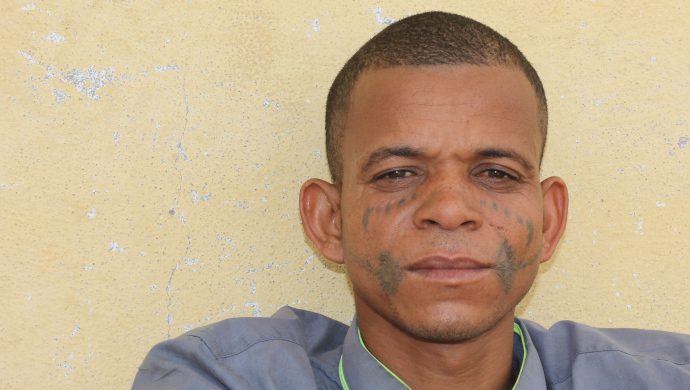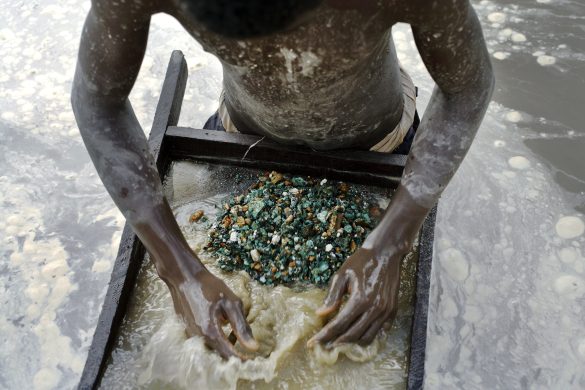WHO præsenterede i dag den første liste nogensinde over de 30 mest vitale former for medicin til at forebygge mødre- og børnedødelighed. WHO understreger, at udviklingslandene skal have adgang til medicinen, for ellers nytter det ikke.
Skriver FN’s Nyhedscenter i deres elektroniske nyheder tirsdag.
The list of the top 30 medicines includes oxytocin, a drug used to treat severe bleeding after childbirth, the leading cause of maternal death, as well as simple antibiotics to treat pneumonia, which kills an estimated 1.6 million children under the age of five every year.
Access to appropriate medicines is vital to achieving global health goals, according to the World Health Organization (WHO), which noted that almost all of the maternal and child deaths occur in developing countries.
“The vast majority can be prevented when the right medicines are available in the right formulations and are prescribed and used correctly,” it stated in a news release. Other medicines on the list include those for treating high blood pressure and sexually transmitted infections among women, as well as diarrhoea, malaria and AIDS-related illness among children.
WHO added that most priority medicines are not available where needed, pointing out that surveys conducted in 14 African countries show that children’s medicines are available in only 35 per cent to 50 per cent of public and private centre pharmacies and drug stores.
The top 30 list also features five urgently needed medicines that do not currently exist for the prevention and treatment of tuberculosis, particularly in HIV-infected children, and for newborn care.
Treatment guidelines for tuberculosis in children have been developed recently by WHO but the recommended dosage requires a child to swallow many tablets a day over a long period of time.


